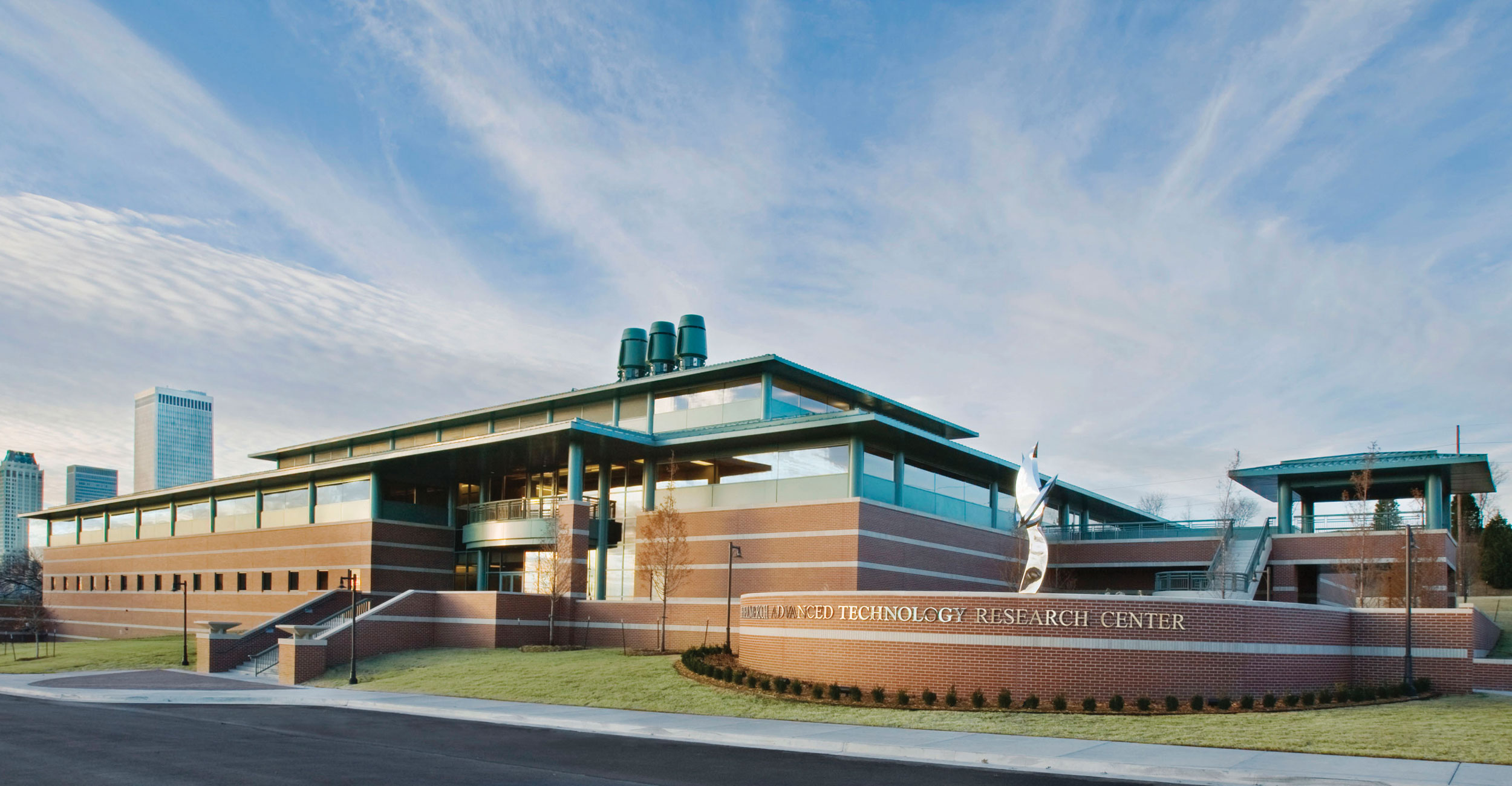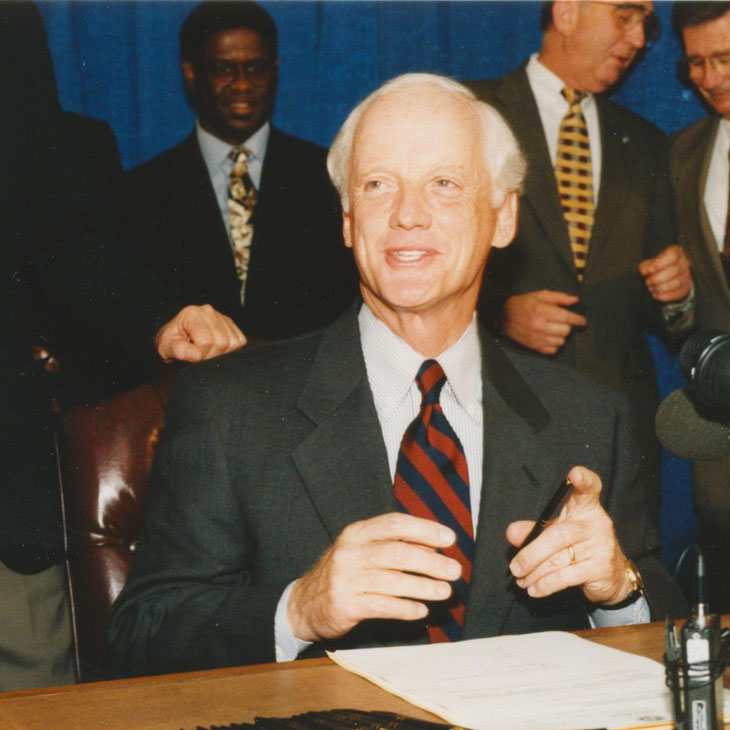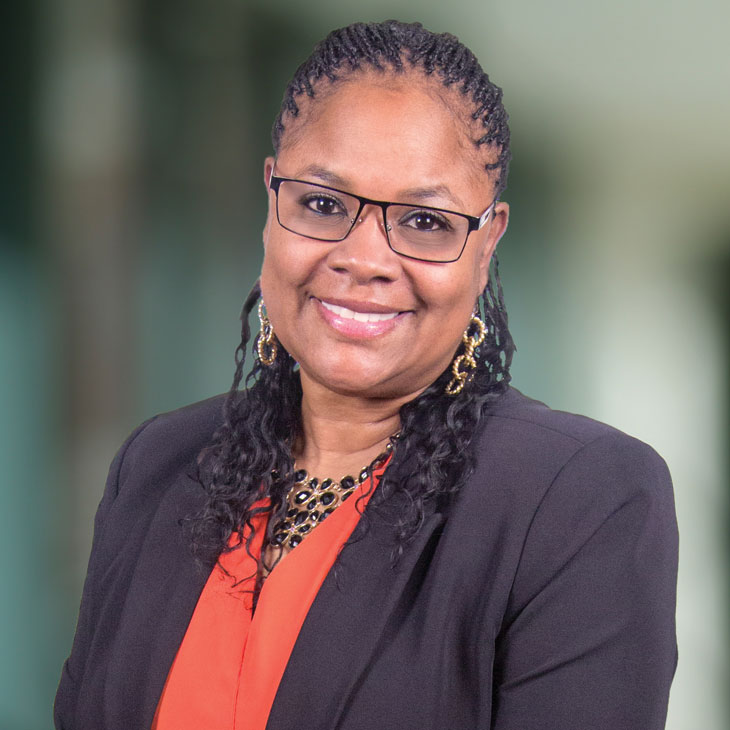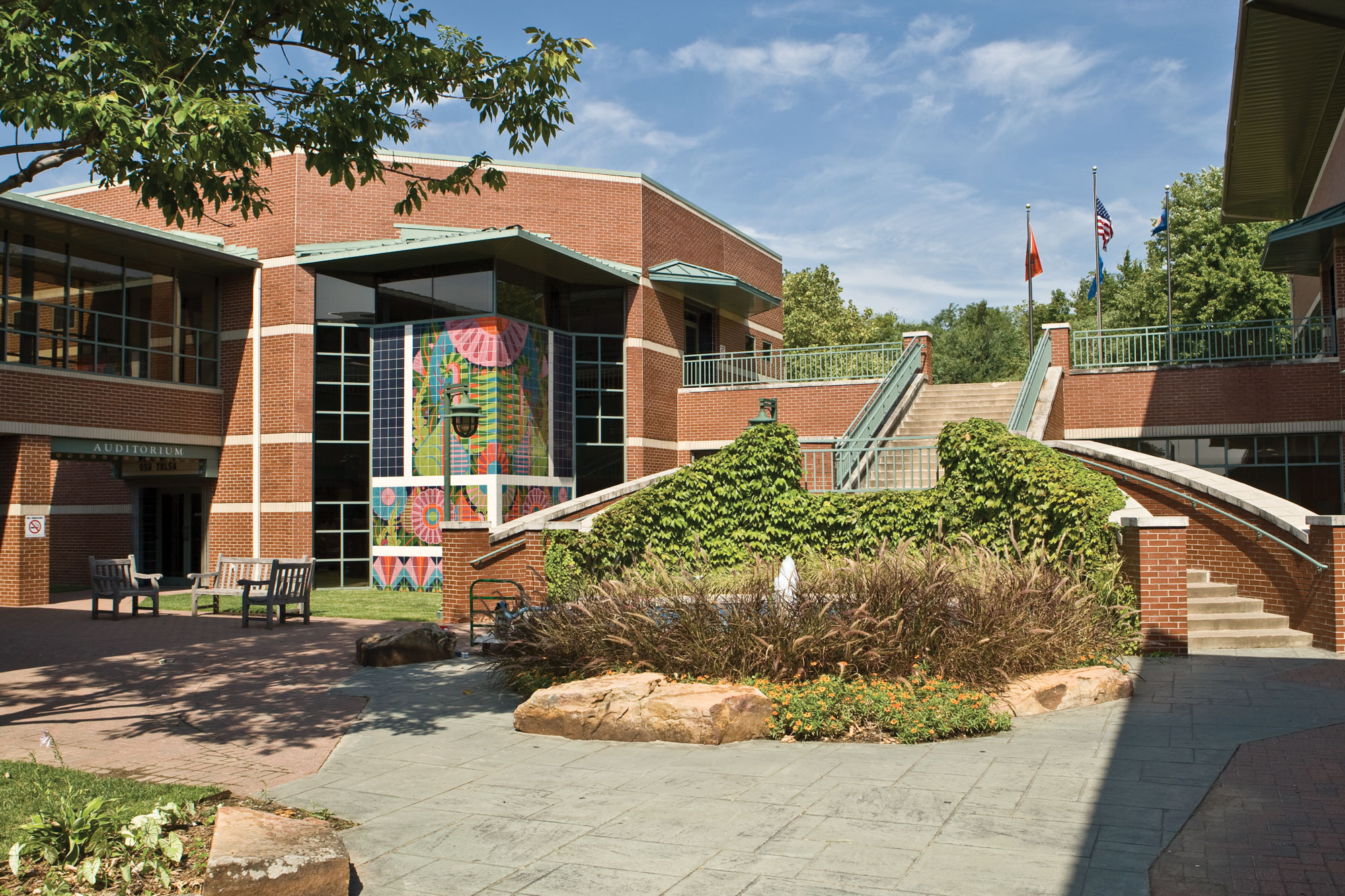
Quarter Century of Progress: 25 years of impact in Tulsa
Thursday, December 21, 2023
Media Contact: Mack Burke | Associate Director of Media Relations | 405-744-5540 | editor@okstate.edu
Oklahoma State University-Tulsa’s story doesn’t begin with one university – but four.
Before 1986, there was no public four-year university presence in Tulsa. To address this, the City of Tulsa’s redevelopment arm opened the land just north of Interstate 244 to create a higher education campus, University Center at Tulsa, or UCAT. UCAT was composed of OSU, Langston University, the University of Oklahoma and Northeastern State University, providing mainly graduate-level academic programming.
The approval of Oklahoma Senate Bill 1426 in May 1998 dissolved UCAT, with NSU and OU moving their operations further south. OSU-Tulsa was born in place of UCAT on Jan. 1, 1999 — and since then, only OSU-Tulsa and Langston remain in downtown Tulsa.
This change meant a new focus: bring the full possibilities of OSU’s land-grant mission to the state’s second-largest city.
In 1999, that meant duplicating courses offered in Stillwater and distance learning classrooms to simulcast lectures between campuses. Most of OSU-Tulsa’s students were working adults trying to finish their bachelor’s degree or earn an advanced degree, so classes were offered in the evenings to accommodate them. Through the next two decades, seismic shifts in technology and the economy saw OSU-Tulsa evolve into an interconnected hub of education, community and innovation.
One thing, however, has remained constant: the dedication to helping transfer and working adult students earn an OSU degree, however long it takes.
“That’s what we want to see in students — fulfilling their dreams. Some students have a lifelong dream just to graduate from OSU,” said Emonica “Nekki” Reagan-Neeley, assistant vice president for community engagement and student services. “At OSU-Tulsa, we have the flexibility and community that make it possible.”
Community-focused
Reagan-Neeley started her higher education career at UCAT in 1993 and has been involved in student services and engagement initiatives throughout.
“When we became OSU-Tulsa, we became more community-focused,” she said. “... We’re in the midst of the Greenwood District, so we have a hand in that community, and we have to grasp it and nurture it and take care of it.”
As Greenwood experienced renewed attention from local and national investors, Reagan-Neeley and campus leaders worked closely with the community to understand its needs, then created programming based on that feedback.
The results have brought thousands of visitors to campus. Tutoring and reading camps for young students, precollegiate conferences for high school students and life skills workshops for adults made OSU-Tulsa a welcoming place for learning at all levels. The Center for Poets and Writers hosts workshops to help participants tell their stories, and author talks like the annual Writers on Greenwood bring national-level writers to campus.
“This journey of 25 years shows the power of education to transform lives, build communities and drive economic growth. Our commitment to providing accessible, world-class education and serving as a hub for workforce development remains as strong as ever. We’re excited to see what the next 25 years will bring.”
“Tulsans recognize that our campus is a gateway to quality education,” said Craig Freeman, OSU-Tulsa interim vice provost and dean of the College of Professional Studies. “We’re proud to be a ‘sticky campus’ — a place that attracts people, where people want to hang around. The more people feel comfortable coming to campus, the more likely we’ll be top of mind when Tulsans are looking for education.”
Serving at the intersection of research, education and community outreach informs several initiatives and academic centers at OSU-Tulsa. The OSU Center for Family Resilience has provided research and program development for local nonprofit organizations for more than a decade. OSU-Tulsa faculty lend their expertise to city community-building and public health initiatives.
The Al Carlozzi Center for Counseling has offered low-cost counseling services to thousands of clients, reaching far into underserved communities and training counseling professionals who continue their work across the state.
“Most people can’t afford to pay $100 to $150 an hour, and most private practice clinicians don’t take insurance anymore, so there’s a huge gap in the kinds of services that are available to people, especially in the Tulsa area,” said Dr. Sarah Johnson, director of the Carlozzi Center.

“All of our community mental health centers are inundated with people, so we regularly get people who say, ‘This is the first time I’ve been able to get counseling because I just haven’t been able to afford it,’ even though they’ve been struggling for years.”
Last year alone, the center recorded over 2,000 hours of direct client service, with most sessions only costing $5.
“When someone in the community sees a need, they’re now saying, ‘Talk to OSU,’” Reagan-Neeley said. “We’re living our mission and demonstrating that our campus is not a barrier, but rather a place of opportunity.”
Workforce-focused
Over the last quarter-century, OSU-Tulsa has developed into a hub for initiatives invested in transforming the lives of students and the Tulsa-area economy.
What started as just one building — Main Hall — has evolved into a connected urban campus with strong ties to its neighbors and ongoing efforts to invest in the lives of the people around it.
The Helmerich Research Center, home to the OSU School of Materials Science and Engineering, houses research, development and testing for industry partners and government agencies including NASA and the U.S. Department of Defense. Faculty researchers embrace a “lab-to-marketplace” ethos, developing materials for diverse industries including hydrogen fuel tanks for the U.S. Army and shark bite resistant swimwear for an Australian water sports company. The impact of the research is worldwide — but the business often stays in Oklahoma with alumni-led businesses including Infinite Composites and MITO Materials.

This hub of research and commercialization activity was taken to a new level with the recent addition of the LaunchPad Center for Advanced Air Mobility, a partnership between OSU’s Oklahoma Aerospace Institute for Research and Education, Tulsa Innovation Labs and other local partners to develop and commercialize new technology in unmanned aerial vehicles.
OSU-Tulsa continues to expand its focus on STEM education for students and the community. More than 1,000 students in grades K-12 have attended free STEM camps on campus in the past year. The camps dovetail with OSU-Tulsa’s community engagement efforts to create a pipeline of future STEM professionals for Oklahoma.
“Kids can’t be what they can’t see,” Freeman said. “If we want our students to choose STEM majors in college, they need to be curious about science and math instead of intimidated. Building Oklahoma’s professional technological workforce of the future starts with nurturing an interest in STEM from a young age.”
Engineering was also added as a degree path to the College Park partnership with Tulsa Community College, which provides students who want to stay in Tulsa with a seamless four-year university experience on the OSU-Tulsa campus. The groundbreaking program is part of broader efforts to increase access to OSU System degree and certificate programs in Tulsa.
To that end, OSU Institute of Technology began offering courses toward degrees in engineering technologies and environmental safety on the OSU-Tulsa campus in response to demand from Tulsa-area employers. A popular grant-funded non-credit fiber optic technician training course also expanded to Tulsa, producing graduates with the knowledge and skills to land high-paying, high-demand jobs in the state.
“The collaboration between OSU-Tulsa and OSUIT shows the power of the OSU System,” said Dr. Johnny Stephens, interim president of OSU-Tulsa and president of OSU Center for Health Sciences. “We’re using our resources to make these hands-on programs available where they are most needed. The possibilities are endless and will benefit Tulsa businesses and residents.”
Focused on the Future
Keeping with the pace of change in workforce demands, OSU-Tulsa continues to respond and innovate.
The OSU College of Professional Studies, an academic college dedicated to workforce-focused degree and noncredit programs, was created in 2021. Housed at OSU-Tulsa, the college aims to equip mid-career professionals with the education and tools they need to advance at their workplace or change careers. Flexible programs accommodate diverse academic backgrounds and are designed with employer input to build leadership, strategic planning and industry-specific skills.

“The College of Professional Studies is a win-win for students and employers,” Freeman said. “Companies who come to us want to keep their employees and promote from within, and our students want to stay competitive and earn a higher salary. Our programs make it possible to earn an OSU degree without taking extra classes or needing to leave the workforce.”
OSU-Tulsa has also strengthened its partnership with Cherokee Nation Film, creating an industry-grade film lab, film production courses and public workshops taught by award-winning professionals. With the continued growth in film production in Oklahoma, students and workshop participants have been in high demand on the sets of “Reservation Dogs” and other nationally recognized productions.
Looking toward the future, OSU-Tulsa seeks to create more of these opportunities that have the power to change lives and build community.
“This journey of 25 years shows the power of education to transform lives, build communities and drive economic growth,” Stephens said. “Our commitment to providing accessible, world-class education and serving as a hub for workforce development remains as strong as ever. We’re excited to see what the next 25 years will bring.”
As OSU-Tulsa’s focus has shifted to match the times, longtime employees like Reagan-Neeley have kept their sights locked on what has remained at the heart of the campus’s mission: student success.
“When you see those graduates that you have worked with so long to help them get to that next level, seeing them walk across the stage — that’s how I know I’m in the right place,” she said.
Photos by: Phil Shockley and OSU-Tulsa Archives
Story by: Aaron Campbell | STATE Magazine
